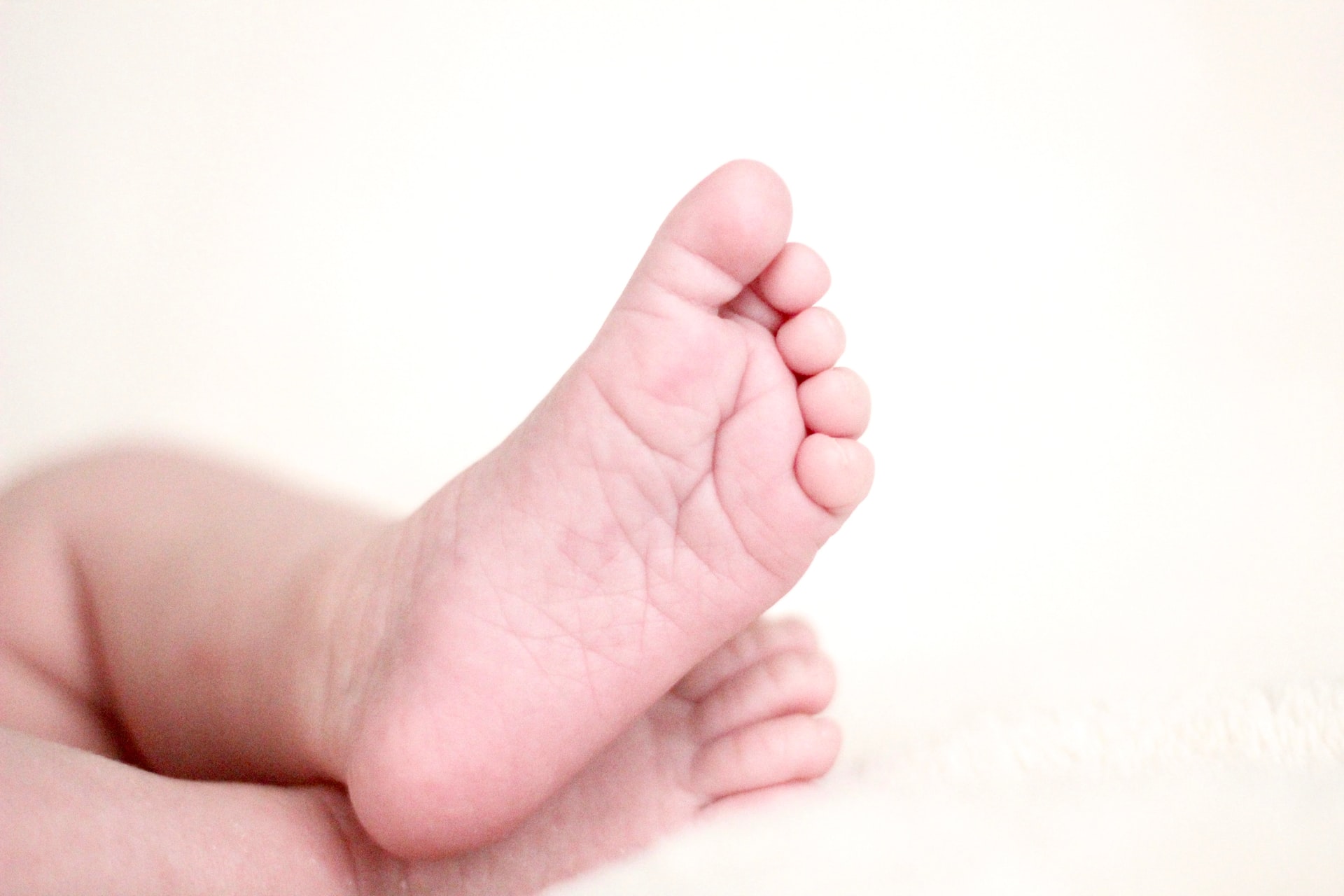Flexible Flatfoot: Symptoms, Diagnosis, Treatment

In youngsters, flexible flatfoot is a frequent ailment. The arch of a child’s flexible flatfoot vanishes when they stand. The arch reappears after standing or when the child is on tiptoes. This disorder, referred to as “flexible flatfoot,” always involves both feet.
While parents frequently fear that a child’s feet with abnormally low or nonexistent arches may cause a lifelong deformity or impairment, most youngsters eventually outgrow flexible flatfoot without experiencing any issues as adults. The disorder often causes no pain and has no negative effects on walking or athletic activity. There is no need for therapy if your child’s flexible flatfoot does not cause them any pain or discomfort.
Table of Contents
What is a flexible flatfoot?
Children who have flexible flatfoot typically have very little to no arch in their feet. Nearly all toddlers have flat feet, but as youngsters grow and develop, most acquire arches.
Some young children who have flexible flat feet also have extremely tight Achilles tendons (the tendons that connect the muscles in the calves to the back of the heels). Additionally pronated, some children’s feet collapse inward at the ankle and the heel bone as they stand. While prevalent, not all children with flat feet experience this.
Most of the time, a child’s ability to run or participate in sports is unaffected by flexible flatfoot. However, a small percentage of tweens and teens experience pain from flatfoot, especially when walking or standing for extended periods of time. Boys tend to have flexible flatfoot more than girls do.
Different from stiff flatfoot is flexible flatfoot. When two or more of the bones in the middle or rear of the foot are fused, stiff flatfoot, which is frequently caused by tarsal coalition, results.
What are the symptoms of flexible flatfoot?
Symptoms that may occur in some persons with flexible flatfoot include:
- Pain in the heel, arch, ankle or along the outside of the foot
- Rolled-in ankle (overpronation)
- Pain along the shin bone (shin splint)
- General aching or fatigue in the foot or leg
- Low back, hip or knee pain
How is flexible flatfoot diagnosed?
The foot and ankle surgeon examines the foot and studies how it appears when you stand and sit in order to diagnose flatfoot. X-rays are typically used to assess the severity of the condition. Your surgeon will discuss what you might anticipate in the future if you are diagnosed with flexible flatfoot but do not now exhibit any symptoms.
What is the treatment of flexible flatfoot?
Non-Surgical Therapy
Only if your child is in pain from the disease does flexible flatfoot necessitate treatment.
stretching activities The doctor may suggest stretching exercises for the heel cords if your child complains of activity-related pain or fatigue in the feet, ankles, or legs.
Heel Cord Extension
Legs placed one in front of the other, leaning on a wall. Set your back leg straight and plant your heel firmly on the ground. You have a bent front knee. For 15 to 30 seconds, hold. Keep the floor flat with both heels. Your back foot should be pointed in the direction of your front foot’s heel. Each leg should go through this stretch three times.
footwear inserts (orthotics). If pain persists, your child’s doctor might advise shoe inserts. Molded arch supports that are soft, firm, or rigid may be able to ease your child’s foot discomfort and exhaustion. Additionally, they help prevent your child’s shoes from wearing out unevenly.
The majority of the time, using specially molded arch supports is not advantageous. As your child develops, over-the-counter arch supports, which are widely available at sports goods and running shoe stores, can be just as helpful and much less expensive to repair. Inserts in hard-to-find sizes are frequently available from online stores.
Additional medical care. If your child has a flexible flatfoot with tight heel cords, a doctor may advise physical therapy or casting.
Surgical Treatment
Surgery is almost never necessary to cure flexible flatfoot in children. On rare occasions, surgery may be suggested for an adolescent with ongoing discomfort or if the flatfoot stiffens over time.
Arches are often created in the feet through surgery, which involves straightening the bones and stretching any tendons that may be painfully tight. Typically, the procedure is carried out in stages: After several months of healing from the first surgery, the second one is performed to fix the other foot.
Surgery to build an arch by inserting an artificial implant (made of metal or silicone) inside the joint between the foot and ankle has not been thoroughly researched in children and teenagers, thus it should be performed with caution.
Tags: Flexible Flatfoot